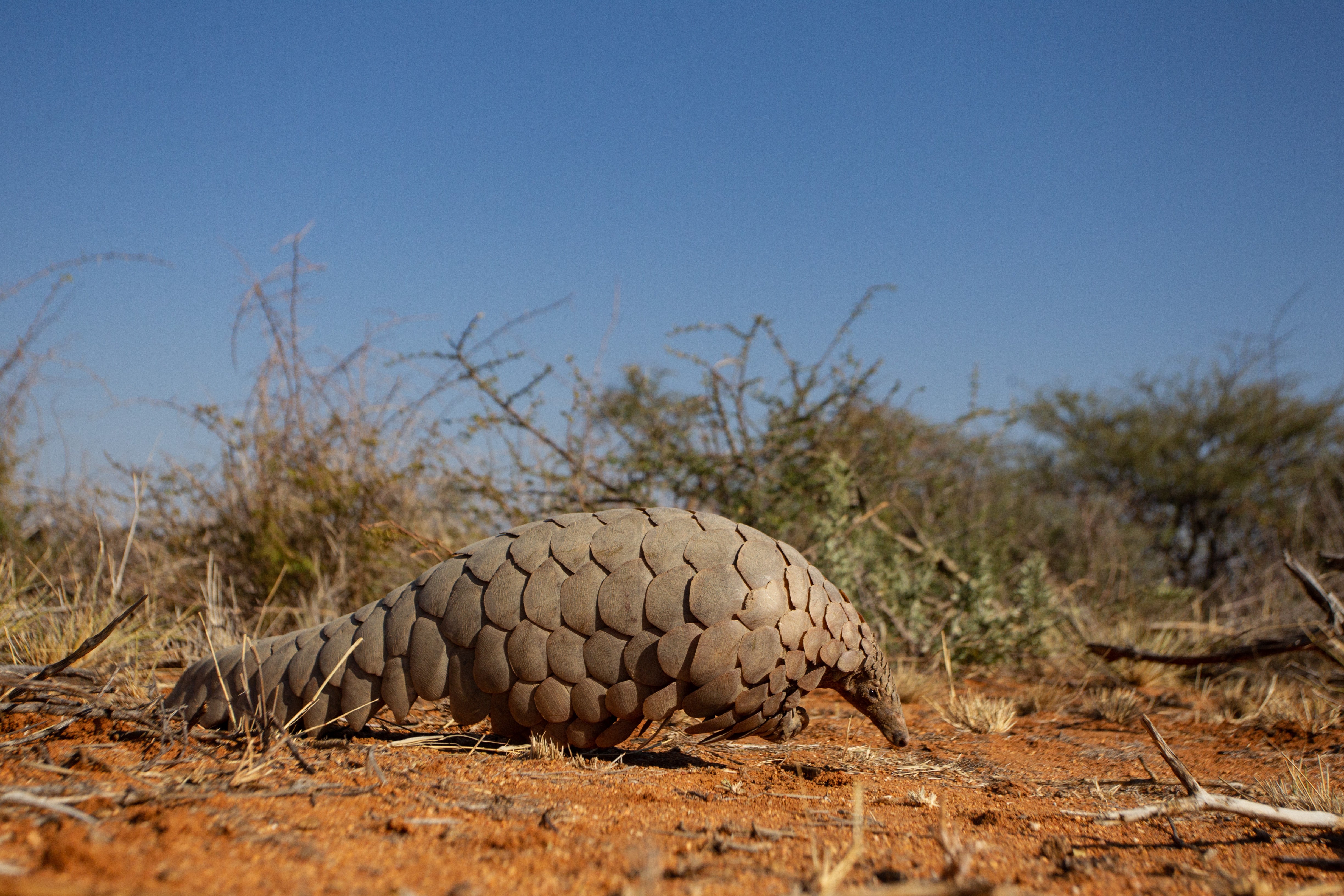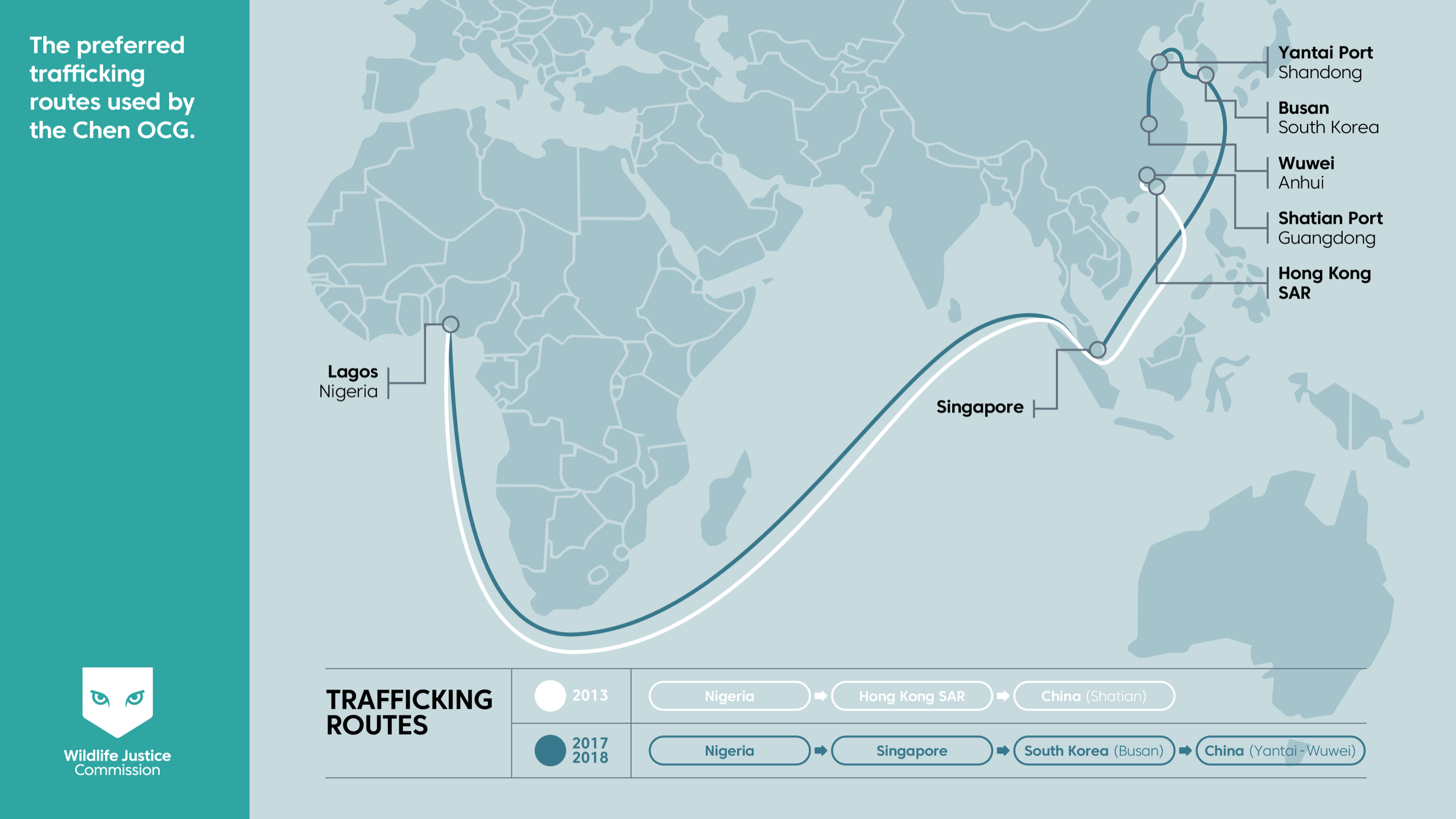Fighting wildlife crime: a roadmap that works
We are at a do-or-die moment to protect threatened species and global security, says the Wildlife Justice Commission - but there is a way forward

Every five minutes a pangolin is poached in the wild, every 24 hours a rhino is hunted for its horn, every week at least 200 freshwater turtles and tortoises are trafficked. There are less than 4,000 tigers left in the wild.
Our planet’s wildlife is being decimated while the global trafficking of wildlife continues unabashed, driving many species towards extinction and threatening global security. Efforts to raise awareness and reduce demand are not slowing one of the world’s most lucrative forms of transnational organised crime, currently estimated to be the fourth most profitable global crime, after the trafficking of drugs, humans, and firearms.
Organised crime networks are attracted by the large financial rewards and minimal risk of detection or prosecution, emboldening them to prey on vulnerable species for profit.
As it stands now, we are at risk of losing more than one million species in the coming years, while criminals make billions from illegal sales. Time is running out and we will not get a second chance.
A research study jointly published by the Asia/Pacific Group on Money Laundering and the United Nations Office on Drugs and Crime (UNODC) in 2017 found that most wildlife crime cases appear to start and end with the seizure of wildlife contraband, with only 11% of the cases reported to have conducted further investigations into the wider criminal network beyond the poacher or courier. Of these cases, only 11% were successfully prosecuted, only 7% received prison penalties, and only 1% resulted in serious prison penalties.
To counter this trend, what is needed is greater resolve to prioritise the fight against wildlife crime.
A report published today by the Wildlife Justice Commission details China’s largest ever ivory smuggling case as a fitting example for future criminal investigations of this nature. Bringing down the dragon: An analysis of China’s largest ivory smuggling case provides an in-depth look at the Chinese investigation, which used advanced techniques to target a prolific organised crime group.
The report acts as a case study of the inner workings of the syndicate, offering useful insights for law enforcement agencies to better understand and address this threat to biodiversity.
In December 2020, 17 members of the Chen organised criminal network were found to be responsible in a ruling by Guangzhou Intermediate People’s Court in China, for smuggling at least 20.22 tonnes of elephant ivory, equivalent to approximately 2000 elephants, from Nigeria to China between 2013 and 2019.
The Wildlife Justice Commission analysed the modus operandi of the syndicate and identified a set of 10 crime-enabling factors that facilitated their operations over at least a seven-year period. These factors demonstrate the complexity of transnational organised wildlife crime.
Chief among the crime-enabling elements of the case is corruption, but factors such as concealment methods, illicit financial flows, and illegal border crossing and documentation also allowed the syndicate to operate and conceal the network’s illegal wildlife trafficking with impunity.
Corruption is so interwoven with the illegal wildlife trade that traffickers incorporate the cost of corrupting local officials into their prices. Wildlife Justice Commission investigators have recorded traffickers openly discussing “settings” – strategic transport hubs subject to routine, organised corruption of key officials to facilitate the movement of massive quantities of trafficked wildlife commodities. As a result, park rangers, customs officers, law enforcement officials, members of the judiciary can be crucial allies of wildlife justice - or formidable foes.
But all is not lost. By following the model of investigation into the Chen organised criminal network, the Wildlife Justice Commission submits, wildlife crime can be influenced and effectively tackled by addressing corruption.

The report identifies several good practices that can be drawn from the investigation. They offer essential tools that not only contributed to the eventual successful outcome of this case but can contribute to tackling any wildlife crime that is occurring in a highly organised manner.
There is no need to re-invent the wheel; existing law enforcement tools against transnational organised crimes are also applicable to fighting corruption and its links to wildlife crime. Extensive, in-depth investigations, gathering and analysing intelligence on criminal networks through phone extractions and financial investigation, and their supply chains by national prosecutorial and judicial authorities is crucial and can build an understanding of shifting criminal dynamics and allow for more strategic interventions and reciprocal international cooperation against wildlife crime. This includes the seizure of assets, “following the money” to track illicit financial practices, criminal processes and, if needed, extraditions.
This is the way forward. Through its assistance in tackling multiple wildlife crime cases, the Wildlife Justice Commission has demonstrated that sharing intelligence with law enforcement can clearly catalyse action on wildlife crime and build cooperation between stakeholders. The organisation’s proven methodology - the same used by the Chinese Government in the investigation into the Chen organised criminal network - of intelligence-led investigations, can be a model for any future interventions against wildlife crime and the corruption that enables it.
It is a do-or-die moment: together, we need to disrupt the devastating trafficking of wildlife that threatens animals and global security, encourage the political will needed to do what it takes to buy time for vulnerable species and build tomorrow’s sustainable solutions. We call on governments, policy makers and international organisations to allocate the necessary resources to fight wildlife crime and to allow investigations to follow through beyond seizures, including financial investigations related to the predicate offence, asset forfeiture, or in pursuit of money laundering charges.
Countries around the world must step up their efforts and jointly work to reduce the ease and profitability of the illegal wildlife trade before it is too late. The time to act is now.
Diego Garcia-Sayán, Member of the Independent Review Panel of the Wildlife Justice Commission; Special Rapporteur of the United Nations on Independence of Judges and Lawyers; Olivia Swaak-Goldman, Executive Director of the Wildlife Justice Commission. Find out more here.
Join our commenting forum
Join thought-provoking conversations, follow other Independent readers and see their replies
Comments
Bookmark popover
Removed from bookmarks